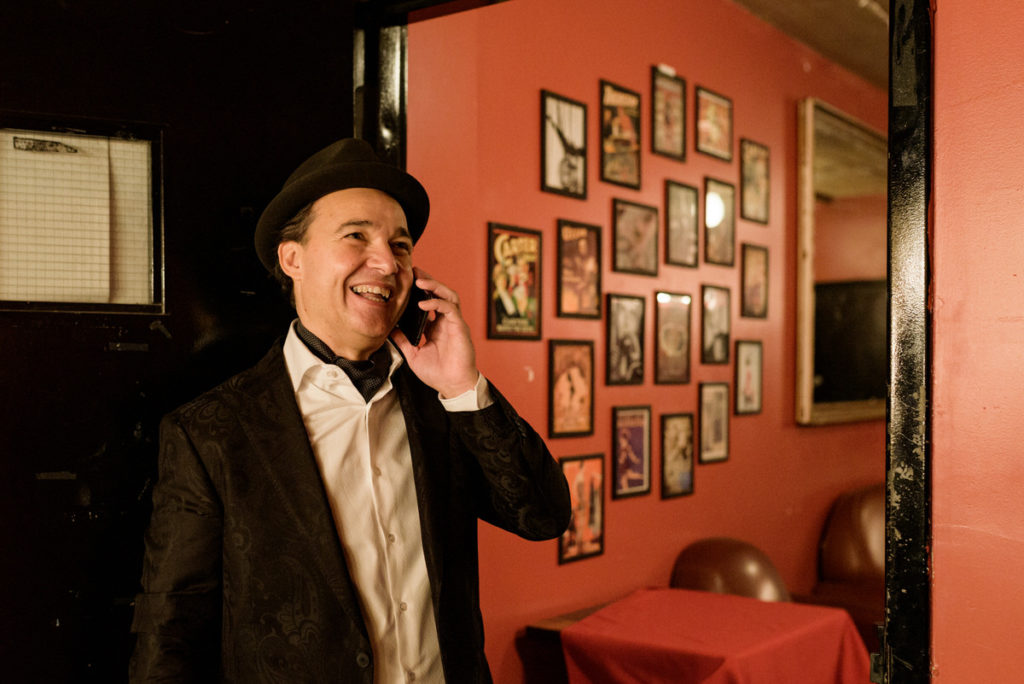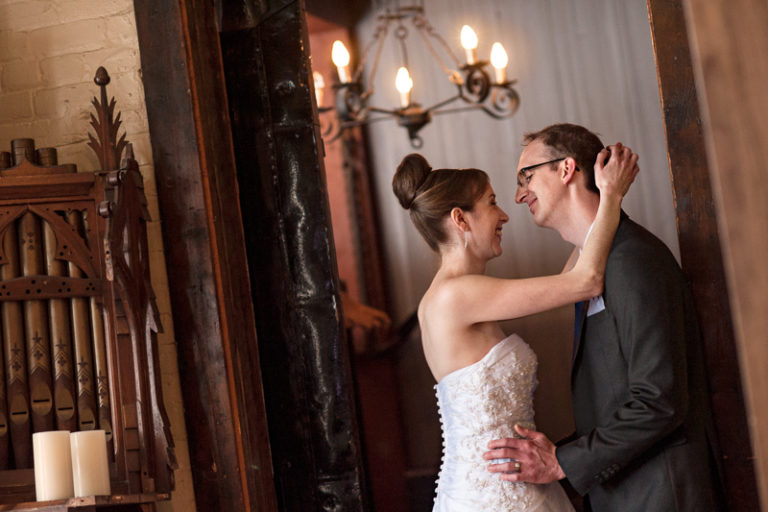Flash Techniques for Wedding Reception Photos
Wedding photography has seen a recent trend of direct flash, evoking the nostalgic 90s vibes. In light of this, I want to share a useful resource–a round-up of the different flash techniques that weddings photographers can use to light wedding receptions. Each technique offers a different aesthetic and comes with its own benefits. This guide will get you up to speed on the many ways photographers can take wedding photos using flash.
Direct Flash photography
Direct flash photography (also known as high-flash) takes us back to the days of snapping pictures with flashes that couldn’t be adjusted for softer light. This throwback style casts a harsh light on the subject (often creating dark shadows) and freezes time with a raw and nostalgic feeling. Photographers are intentionally recreating this vintage look and wedding couples seem to love the realness.
The direct flash technique is great for capturing party moments later in the wedding night. Its unpolished look brings a laissez-faire vibe that feels more spontaneous and less perfect. Be mindful that this look is very unique and is not flattering to all subjects or scenes. I believe it should be used in moderation in a wedding photographer’s range of techniques.



Dragging the Shutter
Dragging the shutter is an excellent technique for taking wedding dance photos! It’s closely related to the direct flash trend, where the flash points directly at the subject, but for this technique we also add a really slow shutter speed to the mix.
The flash freezes the subject in action, but the slow shutter speed allows party lights or twinkle lights in the background to fill the photo with vibrant colours and chaotic lights.
Take a look at these examples of dragging the shutter:



Using on-camera flash to bounce the light
Wedding photographers often use a bounce flash technique to soften the light and get flattering results. It’s like bouncing a pool ball off the table’s side–we point our flashes away from the subject so that the light bounces back gently. With on-camera bounce flash, we aim the flash towards a white ceiling above or a pale wall beside us and it washes back over the room, providing beautiful illumination for larger areas. This flash technique is a staple in event photography. It just works!
However, there are a couple of things to keep in mind. If your event space has very colourful walls or ceiling (say dark red) the light bouncing back will be reddish in tone. Also basic bounce flash can sometimes result in a uniform wash of light that overpowers the carefully planned light and aesthetic look of the room.
A skilled photographer knows how to balance the power of the flash just right–not too strong to over-power all the ambient light in the room (candles, fairy lights, etc.) yet strong enough to capture clear facial expressions. With experience, we learn to bounce flash not only off the ceiling, but also off side walls, to provide creative lighting angles.
Here are some examples of simple bounce flash in action:





Using off-camera flash for Wedding photos
I often set up two flashes on stands positioned at different corners of the room to achieve off-camera flash effects. By adjusting the power and toggling them as I move around the room, I can create a variety of looks.
Off-camera flash serves many purposes, like adding a little rim light or back light to subjects. You can also use it as a spotlight to focus on a particular subject within a wide scene. By using diffusers or grids, you can soften or control the light coming from the flash for different effects.
Off-camera flash is more directional and allows photographers to tell compelling visual stories. But it require more setup time compared to simple on-camera bounce flash and needs extra equipment for remote triggering. The lights have to be aimed at a certain area and when there’s a lot of moving parts (or moving people) things can quickly fail. While it can have great impact, there’s a learning curve and it can be stressful to capture critical moments under pressure. The off-camera flash technique requires a lot of practice and it’s good to have some backup lighting techniques! One of the best moments to use off-camera flash at the wedding reception is during speeches, when the speaker stays in one place for a few minutes.
Here are some wedding photos I took using 0ff-camera flash techniques:




Combining on-camera bounce and off-camera flash
Using a combo of bounce flash with additional off-camera flashes works great to add dimension to wedding photos. I can capture instant reactions and moments are well-lit, while the off camera flash in the back adds some detail to the edges of the subject’s faces and hair.





Natural light
With all this talk about the different approaches to using flash for wedding receptions, I should mention that some wedding couples prefer natural light.
To help you see the difference, here are some examples of photos lit with natural ambient light only:




As you can see, if there’s enough natural light available–either from daylight or light sources like candles and hanging lights–you can get some beautiful photos without using flash.
But relying only on natural light has its limits. The slower shutter speed needed to capture low light photos without flash can cause blurry photos. Photographers will have to scramble and might not be able to capture reactions in the dark. It’s important to have many techniques in your toolbox, so you can handle any situation and be ready for various lighting conditions.
an experienced photographer can mix-and-match these flash techniques
Wedding photographers have a whole toolbox of flash techniques they can use to tell your wedding story. If you like that nostalgic 90s vibe with direct flash or love the dynamic look of dragging the shutter for the late-night party, please share this preference with your photographer. Want a soft and flattering look? On-camera bounce flash is the way to go. For more creative shots, off-camera flash is the go-to. And don’t forget to mix in the warm feel of natural light! Usually a combo of all these techniques yields a well-rounded visual story.
Remember, talk to your photographer about what you love, so they can tailor your wedding photos to your tastes. And if you’re still looking for a wedding photographer, you can ask to see examples of their work in dark lighting situations or a variety of scenes. After reading this guide, you’ll know how to spot various flash techniques and you can rest easy knowing your photographer has the chops to capture beautiful memories no matter the lighting situation.







